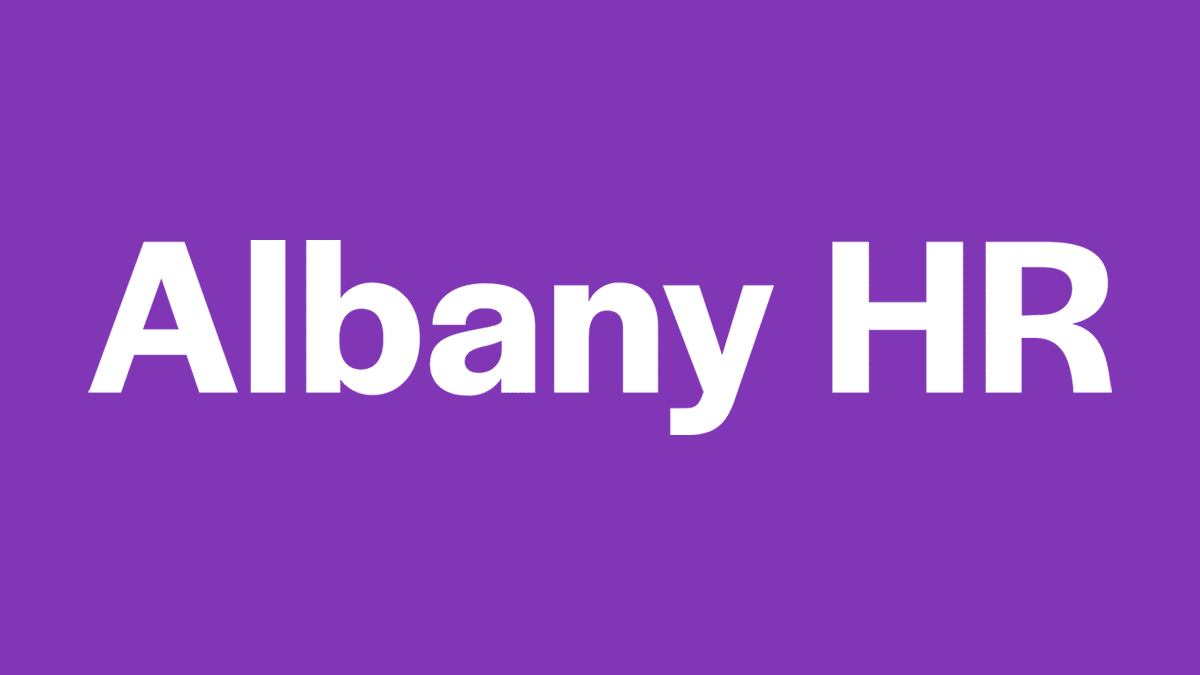Introduction
Managing poor performance due to a lack of capability is crucial in maintaining productivity and creating a positive work environment. Whether due to skill gaps, behavioural issues, or external factors, addressing poor performance promptly and effectively can prevent larger disruptions and promote business success.
Here’s 10 steps on how to manage capability issues in your business:
1. Recognise the Signs Early
Identifying poor performance is the first step towards addressing capability issues. Signs may include missed deadlines, quality lapses, decreased productivity, or negative impacts on team morale. Regular 121’s, performance reviews and feedback sessions can help in early detection.
2. Understand the Root Cause
Before taking any action, determine the reasons behind the poor performance with the employee. It could stem from inadequate training, unclear expectations, personal issues, health problems, or even mismatched responsibilities. A compassionate and investigative approach will enable you to adapt your response accordingly.
3. Open Communication Channels
Establishing open lines of communication is essential. Encourage your employees to discuss any challenges they face without fear of reprisal. Conducting regular catch-up meetings can provide early insights into underlying issues and allow for constructive feedback. Document discussions and share the detail with your employee so that they have a copy of what has been agreed.
4. Provide Clear Expectations and Resources
Ensure that each team member understands their role and responsibilities clearly and how they can help ensure organisation goals are met. Clear job descriptions, KPIs (Key Performance Indicators), and performance metrics can guide employees towards achieving their objectives effectively. Ensure objectives are recorded and referred to often. Additionally, provide adequate resources such as training, tools, and support to enable them to perform their best.
5. Offer Support and Development Opportunities
Invest in your employees’ growth by offering training programs, mentorship, and career development opportunities. Addressing skill gaps through targeted training can significantly improve performance and boost employee confidence.
6. Implement Performance Improvement Plans (PIPs)
When poor performance persists despite support and feedback, consider implementing a Performance Improvement Plan (PIP) in-line with any performance management policies that are in place. A PIP sets out performance expectations, timelines for improvement, and support mechanisms. It should be a collaborative effort between the employee and the manager, focusing on achievable goals and regular progress reviews. An employee should be made aware what will happen if they do not achieve the goals that have been set. If you do not have a performance policy, you should follow the warnings outlined in your disciplinary policy and make sure the employee is aware this is the policy you are following. This ensures a fair process as outlined in the ACAS guidelines.
7. Handle Difficult Conversations
Conduct discussions regarding poor performance with empathy and professionalism. Use specific examples to illustrate concerns and focus on behaviours or outcomes rather than personal attributes. Maintain confidentiality and offer a supportive environment for the employee to express their perspective on what has been happening and what can be improved going forward.
8. Monitor and Provide Feedback
Regularly monitor the employee’s progress against the agreed-upon improvement plan. Provide constructive feedback and acknowledge improvements. Celebrate milestones achieved and continue to offer support as needed.
9. Know When to Seek External Support
In some cases, poor performance issues may be complex or legally sensitive. Get in touch for guidance on fair dismissal procedures and mitigating legal risks. Capability may be impacted by an employees’ physical or mental health so engaging with Occupational Health may also be sensible.
10. Foster a Positive Work Culture
Create a work environment that values transparency, fairness, and continuous improvement. Recognise and reward achievements, promote teamwork, and encourage open communication. A positive workplace culture can motivate employees to perform better and contribute to the overall success of your business. It’s also good to have a culture where mistakes can be made, and learnings taken from them.
Conclusion
Managing capability issues of poor performance requires patience, adherence to policies, documentation and proactive intervention. Addressing these issues promptly and effectively ensures sustainable growth and success.
Remember, every employee has the potential to excel with the right support and guidance. Invest in your team, provide regular feedback and encourage a culture of continuous improvement.
Albany HR can support you in managing performance concerns and implementing capability policies. Contact us today to learn how we can help your organisation get the best out of your people.

